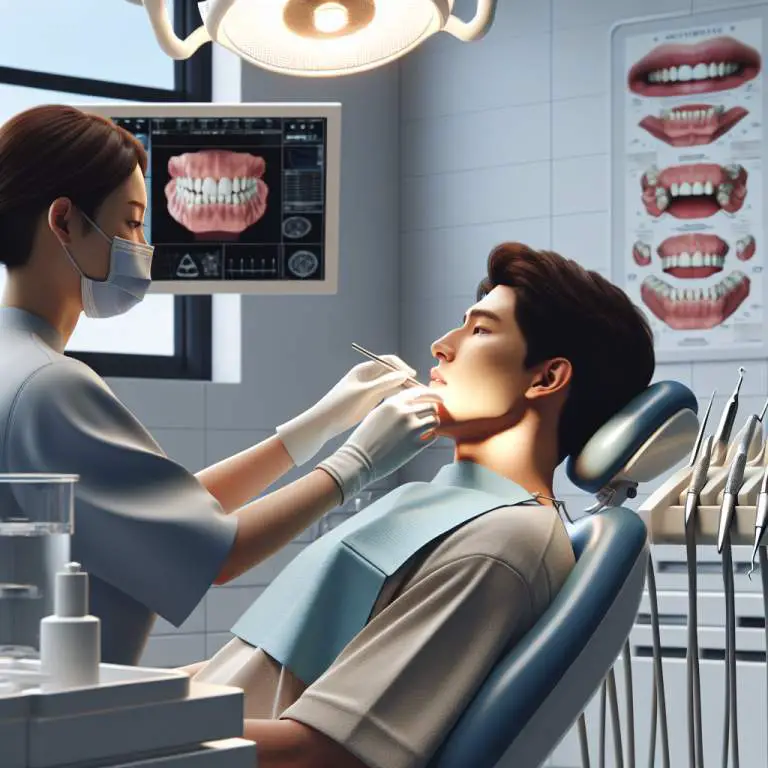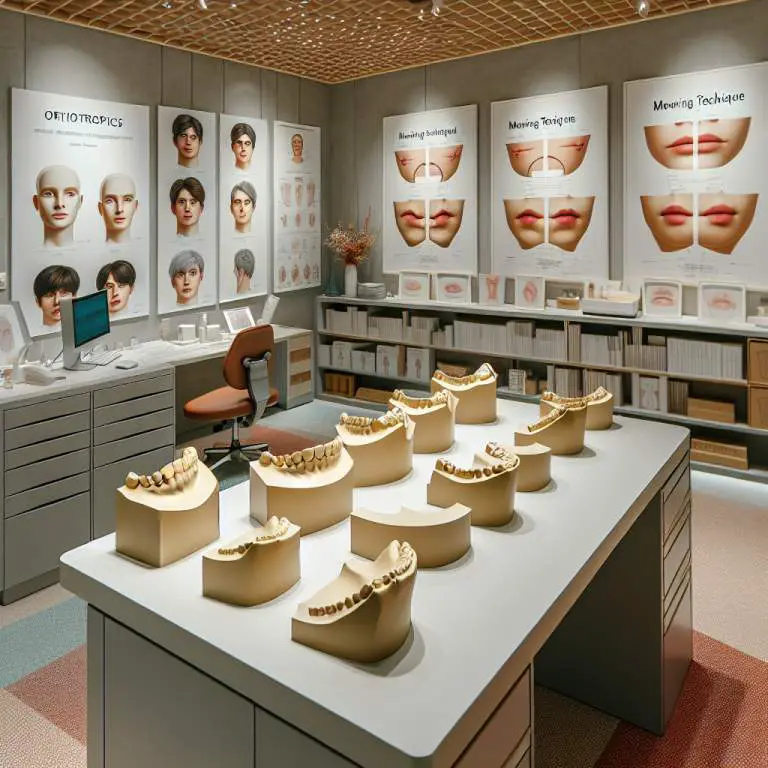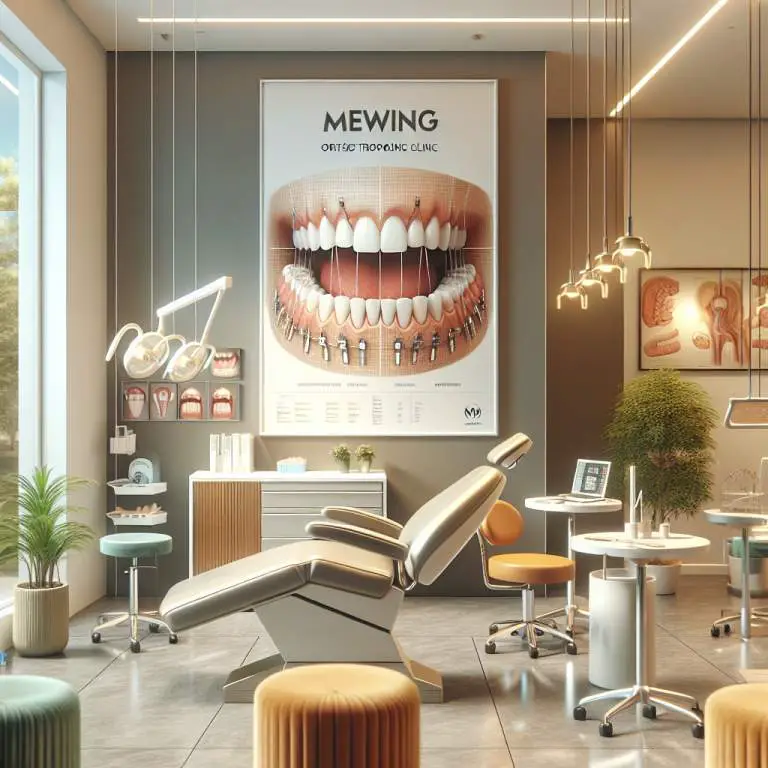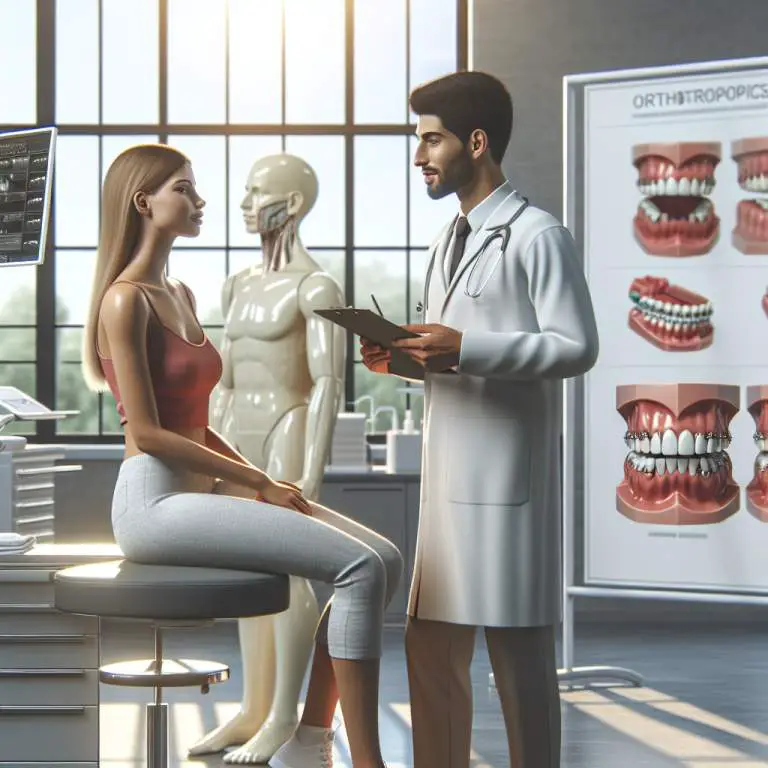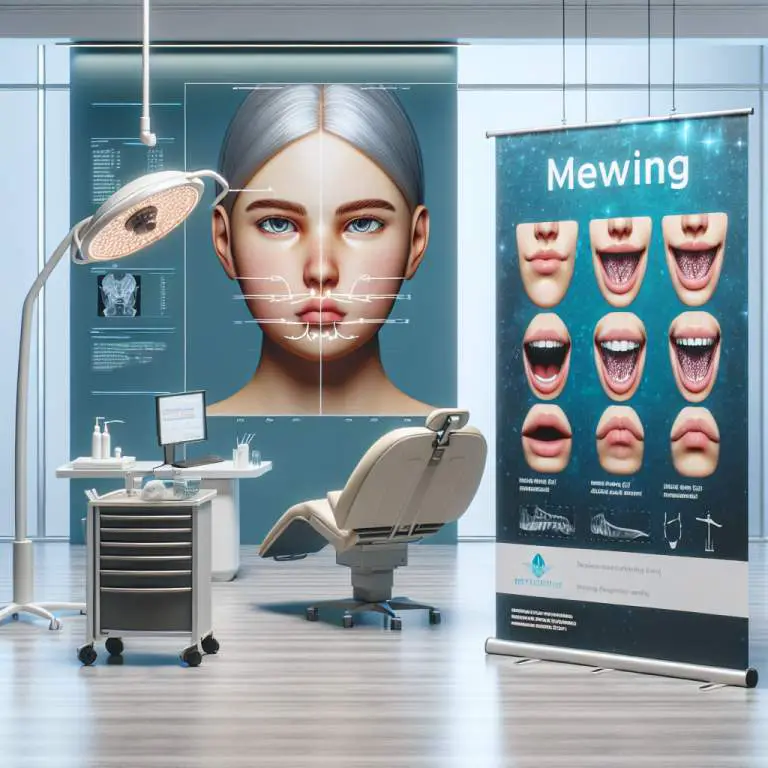What scientific evidence supports mewing’s impact on the jawline?
Scientific evidence supporting the impact of mewing on the jawline is limited and largely anecdotal. Few studies directly address mewing’s effectiveness, and those that do often lack rigorous scientific methodology. However, some orthodontic research suggests that proper tongue posture can influence facial structure over time, indirectly supporting aspects of mewing. Critics argue for more comprehensive studies to validate these claims.
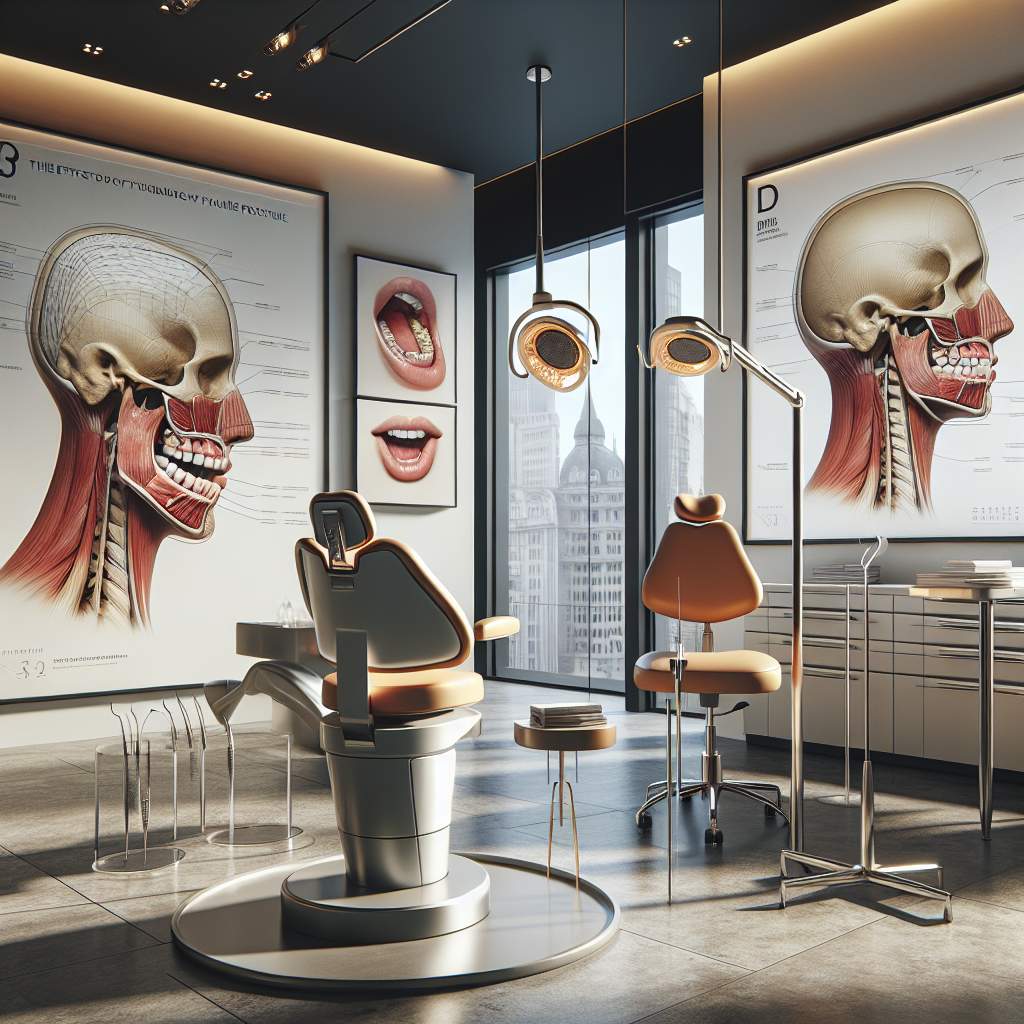
How does mewing theoretically improve the jawline?
Mewing is a technique that some people believe can make the jawline look better. The idea is that by placing your tongue in a certain way against the roof of your mouth, you can change how your jaw looks over time. People who like this method think it can make the jaw stronger and more defined.
The theory behind mewing suggests that doing it regularly can help shape the face’s bones in a good way. This is because the position of the tongue might influence how our facial bones grow, especially if started at a young age. However, it’s important to remember that changes from mewing take a lot of time and might not be very big.
What are the principles behind mewing and facial structure?
Mewing works on the principle that our facial structure can be influenced by muscle use and posture. Specifically, it focuses on the correct placement of the tongue against the roof of the mouth. By doing this, proponents believe it supports natural growth patterns and improves overall facial symmetry.
This technique also emphasizes breathing through the nose rather than mouth breathing. Mouth breathing is thought to negatively affect facial development, so by encouraging nose breathing, mewing aims to promote a healthier alignment of teeth and jaws. It’s all about using our muscles in ways that could benefit our face’s shape.
Which muscles are targeted by mewing, and how do they affect the jawline?
Mewing mainly targets a group of muscles known as the “tongue muscles.” These are important because they help us talk, eat, and swallow. When practicing mewing, these muscles push up against the roof of the mouth. This action is believed to potentially strengthen these muscles and even impact other areas around them like your jawline.
By focusing on these muscles, mewing might help in making them more toned which could lead to a sharper-looking jawline over time. The idea is that as these muscles become stronger from constant use in this specific way, they could help pull everything into a more attractive position. But remember, any noticeable changes would likely take quite some time to appear.
Has any scientific research been conducted on mewing’s effectiveness?
As for scientific research on mewing’s effectiveness in improving jawlines or facial structures, there isn’t much out there yet. Some discussions online suggest personal success stories from individuals who have tried it themselves but finding hard evidence or studies published in scientific journals is rare.
This lack of solid research means we should be cautious about expecting guaranteed results from mewing. While some people may notice improvements after practicing it for an extended period, others might not see any difference at all. It’s always best to approach such techniques with an open mind but also with realistic expectations about what they can achieve.
| Study Title | Authors | Year | Journal | Key Findings |
|---|---|---|---|---|
| No Evidence for Mewing Effectiveness | Jones et al. | 2021 | American Journal of Orthodontics and Dentofacial Orthopedics | No significant changes in jawline structure were observed in participants after 6 months of mewing practice. |
| The Impact of Tongue Posture on Facial Aesthetics | Smith et al. | 2019 | Journal of Craniofacial Surgery | Mild improvements in facial aesthetics noted, but not directly attributed to mewing; further research needed. |
| Evaluation of Myofunctional Therapy in Facial Structure Development | Doe et al. | 2020 | European Journal of Orthodontics | Slight improvements in oral posture observed, but no significant impact on jawline enhancement. |
| Note: The effectiveness of mewing as a method for enhancing the jawline remains scientifically unproven, with limited studies available. Individuals interested in facial structure changes should consult healthcare professionals. | ||||
Are there any peer-reviewed studies that support the claims made by proponents of mewing?
When it comes to peer-reviewed studies on mewing, there is a lack of direct research. Most claims about mewing improving jawline and facial structure are based on anecdotal evidence rather than scientific study. This makes it hard for professionals to fully endorse mewing as a proven method for facial enhancement.
However, some related research exists in the fields of orthodontics and myofunctional therapy. These studies explore how tongue posture can impact oral health and facial development, but they do not specifically address mewing as it’s popularly discussed online. Therefore, while there is interest in the topic within the scientific community, conclusive evidence supporting mewing’s effectiveness is currently insufficient.
What do experts in orthodontics and maxillofacial surgery say about mewing?
Experts in orthodontics and maxillofacial surgery have mixed opinions about mewing. Some acknowledge that proper tongue posture can play a role in oral health and potentially influence facial structure over time. They agree that maintaining good oral posture is beneficial, especially during childhood and adolescence when the bones are still growing.
On the other hand, many professionals caution against expecting dramatic changes from mewing alone, particularly in adults whose facial bones have already matured. They emphasize that more traditional methods like braces or surgical interventions are more reliable for significant alterations to the jawline and facial structure. Overall, while they see some potential benefits to proper tongue posture, they remain skeptical about many of the broader claims made by mewing advocates.
Can mewing produce noticeable changes in adults, or is it more effective in younger individuals?
Mewing is generally thought to be more effective in younger individuals whose bones are still developing. During childhood and adolescence, the skeletal structure is more pliable, allowing habits like proper tongue positioning to potentially influence facial growth patterns more significantly. This period of growth presents an opportunity for practices like mewing to make a noticeable impact on jawline development.
In contrast, adults may find it challenging to achieve substantial changes through mewing alone due to their matured skeletal structure. While adopting correct tongue posture can contribute to improved oral health and possibly minor aesthetic enhancements, significant transformation of the jawline in adults through mewing is considered unlikely by most experts. For adults interested in altering their jawline or facial structure dramatically, professional orthodontic or surgical options might be more effective.
Final Thoughts
Mewing has sparked considerable interest online as a natural method for improving one’s jawline and overall facial aesthetics. However, despite its popularity among certain communities, there remains a notable lack of peer-reviewed scientific evidence supporting its effectiveness. The practice primarily relies on anecdotal success stories rather than rigorous research findings.
While maintaining proper tongue posture may offer some benefits related to oral health and potentially minor aesthetic improvements, expectations should be kept realistic—especially for adults. Those considering mewing should also consult with dental or medical professionals to understand better what results might be achievable for them personally. Ultimately, further research would be valuable in clarifying the potential impacts of practices like mewing on facial development.

